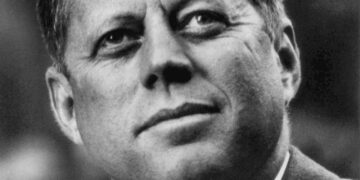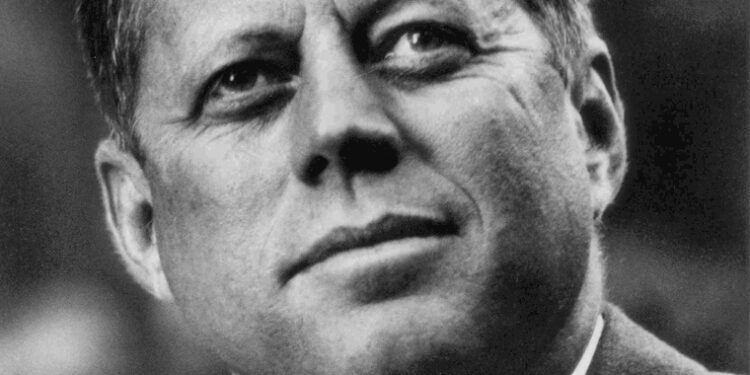In 1992, Congress passed and President George H.W. Bush signed into law a bill creating a 25 year deadline before all files pertaining to the assassination of President John F. Kennedy were to be made public. Most of the records at issue were in fact made available to the public before the turn of the millennium. Another 3,810 were released earlier this year.
But that left a lot of potentially fascinating material still undisclosed, tens of thousands of documents. One document that has never become public is an 18 page dossier on Gordon McClendon, a Dallas businessman who essentially invented the “Top 40” radio format. McClendon is said to have talked to Jack Ruby shortly before Ruby shot Lee Harvey Oswald.
The deadline for the last big data dump of the Kennedy case was Thursday, October 26, although the 1992 act did allow some latitude for a Presidential order reserving some of the material for further National Security review. A tweet by President Donald Trump over the weekend indicated that he wasn’t going to exercise that authority, although the wording allowed him some wiggle room.
On Thursday, though, POTUS availed himself of that wiggle room, and that statutory authority. He ordered the release of 2,800 documents, but ordered a six month review of those that remained, with further releases “on a rolling basis in the coming weeks.”
The McClendon dossier is not among the materials that were released. Neither has the National Archives released a file on J. Walton Moore long sought by conspiracy theorists. (Moore was the head of the Central Intelligence Agency’s office in Dallas in 1963).
Right Wing View
One of the documents that were released Thursday was a typed transcript of a conversation between President Gerald Ford, Secretary of State Henry Kissinger, and National Security Advisor Brent Scowcroft, on June 26, 1975 (almost 12 years after the assassination).
They discussed the United States Select Committee to Study Governmental Operations with Respect to Intelligence Activities, chaired by Sen. Frank Church (D-Id.), which was at the time requesting a lot of documentation for its own inquiry.
The three men discussed a range of matters including the range of cruise missiles and how such missiles fit into the ongoing arms limitation talks with the Soviet Union. But at one point Kissinger interjects, “We are having another Church problem. They [the Senate committee members] are asking for everything related to six assassination areas – it is all the NSC processes.”
The President suggests a hard line on answering such requests, “We are not going to do it.” So this disclosure does give us a sense of how the issue of disclosure or non-disclosure on assassination(s) has been a continuing feature in U.S. politics for a long time.
Left Wing View
Some on the left found humor in the circumstances of the release – Trump’s grandiose announcement of transparency on Saturday, then the climb-down Thursday, tickled some ribs, such as those of Rob Rogers, a nationally syndicated cartoonist.
So see any excitement about this release as naïve. “We’ll never know the truth, ever,” tweets one such skeptic.
But there have been some fascinating documents that have only now come to light. For example, the Thursday release has let the public know for the first time that during the investigation of the assassination, the FBI received word from British intelligence, MI5, that a journalist in Great Britain, for the Cambridge News, reported having received a mysterious anonymous tip 25 minutes before the assassination (6:05 Greenwich time) telling him to check with the American embassy in London – there was about to be some Big News.
MI5 said that the reporter who reported receiving this tip was “a sound and loyal person with no security record.”
The latest trend and news for the people by the people. Left right and center all in one place.












































